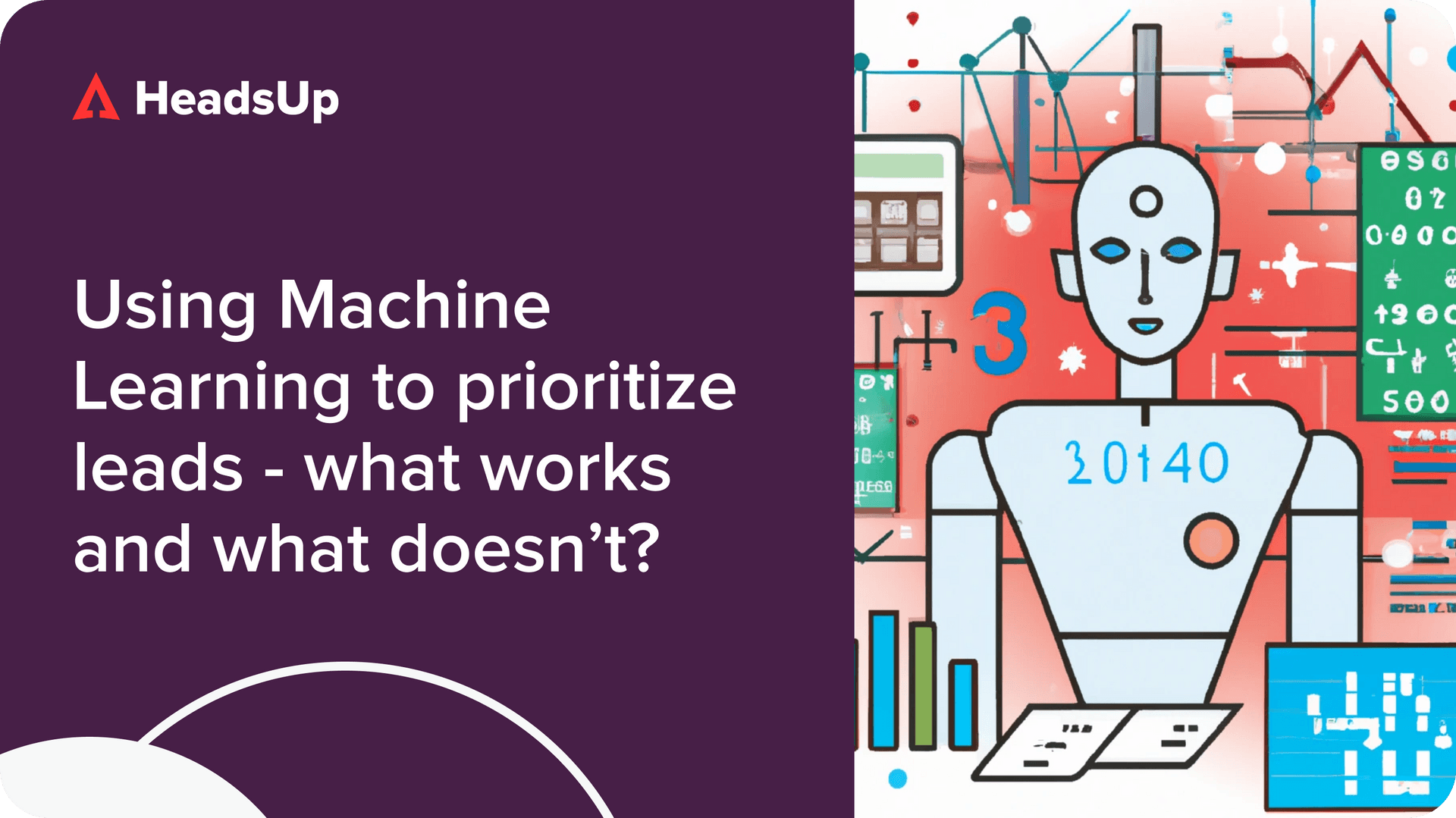1. Your sales team is overwhelmed by the number of leads
At large API companies like Twilio and Stripe, the account executives oversee more than 10,000 users. They are actively engaging with between 50-100 accounts at any point while keeping an eye on the remaining users. Such AEs need to make sure they don’t miss out on an upsell opportunity across the entire book.
With so many accounts to manage, your sellers aren’t able to do it in an old-school way. There just isn’t enough bandwidth to schedule calls with a substantial portion of your user base and mentally track how your users are using the product.
One such company we spoke to set up an internal tool that would surface all key product usage metrics for each account to solve this. The seller can double-click into each account to see which integrations the user has set up, how many API calls they have consumed, usage trends over time, and 30+ other behavior metrics. This arms sellers with the context needed to go into a sales call entirely aware of a customer’s needs.
The tool not only helps sellers prioritize but also identifies the ripest accounts for an upsell conversation. This can be done by projecting how many API calls the account will require by the end of the month, based on current usage trends. If it looks like the account will exhaust the API allowance of their current package, this means there is an opportunity for the seller to recommend an upgrade. The buyer also gets to avoid overage costs, so this is a win-win for both parties.
2. Your sales team is scaling, and you wish there was an easier way to upskill new hires
Consider an example: a SaaS unicorn with a search-related product started experiencing a challenge they couldn’t quite articulate between their Series A and B rounds.
At that point, they had reached both product-market fit and go-to-market fit. The company defined a sales process and scaled up the marketing machine to acquire top-of-the-funnel leads. Revenue was starting to grow exponentially.
To handle the explosion in interest, the sales team had to be scaled up quickly. “We quickly moved past being a two-pizza team, to the point where I couldn’t hand-hold and coach every team member personally,” remarked their Head of Sales. He also observed that the average tenure in their sales team was dropping precipitously, such that at one point, it was less than six months.
The original, more experienced sellers had a good instinct for which customers they should focus on and what kind of approach to take depending on their needs. However, as the sales team grew, the new hires didn’t have the time to build up this institutional experience.
That was when the company first felt the pain of a lack of data in their sales approach.
“If we had a sales tool that could use analytics to give us insights on whom to focus on and when to approach, it could be a substitute for the lack of experience, and also hopefully coach our junior sellers along the way.”
3. Your go-to-market motion is defined, and you are now focused on growth
In the initial stages of the SaaS journey, companies are typically more focused on landing marquee customers while slowly and steadily growing revenue and NPS. Once the product becomes stable, exponential growth becomes a priority. Net dollar retention is also a metric that scaling companies begin to care about more and more.
Having a sales tool ensures your sellers are approaching the right leads. Many startups begin their journey by trying to close any customer that shows some degree of interest. However, as the customer base scales, the company may quickly realize that more qualified leads can increase sales efficiency and reduce churn down the line.
In the past, sellers used to qualify leads by asking suitable discovery questions. Today, at PLG companies, qualification should happen within the product itself. Companies can identify the customers with the highest intent by looking for the highly engaged users within their self-serve product or displaying the right mix of usage patterns. Down the road, these customers will not churn and also act as evangelists – this ensures that the viral growth of your product continues.
All in all, a sales tool that provides Product Qualified Leads can ensure more robust long-term growth and higher net dollar retention.
4. You have a suspicion that your sales approach is not data-driven enough, and you are leaving money on the table
We spoke to a company making a video editor that was experiencing viral growth. The founders always felt that there was a lot of untapped potential in their go-to-market process.
“We mostly used simple demographic factors to prioritize which customers the sales team should approach. Things like which country the user is from.” However, the company felt that there was potential to leverage their product usage data to prioritize their sales efforts better, as the sales team was conducting high-velocity low-touch sales. Since the sales process mostly involved only one call, pre-qualifying leads through the product would massively increase seller productivity.
Tapping into product-usage data while selling a fundamentally high-growth product is pouring fuel onto the fire. Even with solid growth, ensuring sellers spend time on the right leads can increase productivity for your sellers by more than 50%. Especially for high-velocity, one-touch sales, being able to focus on the right leads and reaching out at the right time would make a huge difference in the number of deals closed per quarter.
Conclusion
Do you feel the need to leverage product usage and other types of data for your sales efforts? Do any of the above situations sound like where your team is at right now? HeadsUp is here to help, and we’d love to chat!
Illustrations by Storyset

